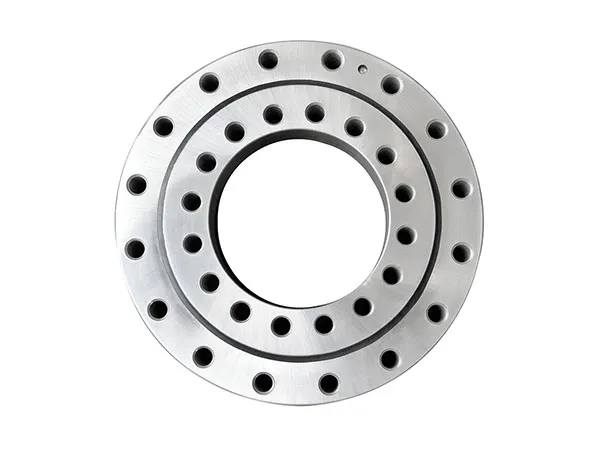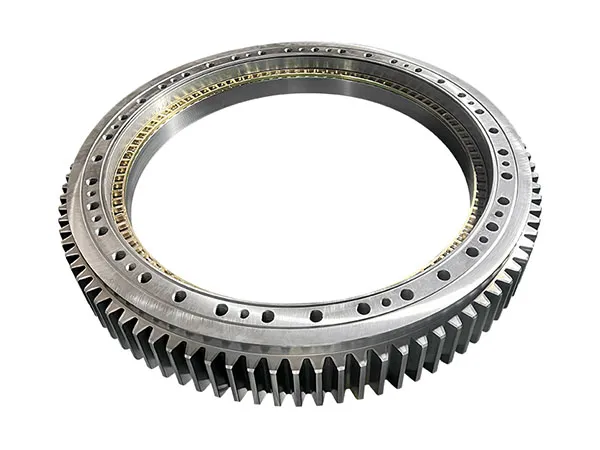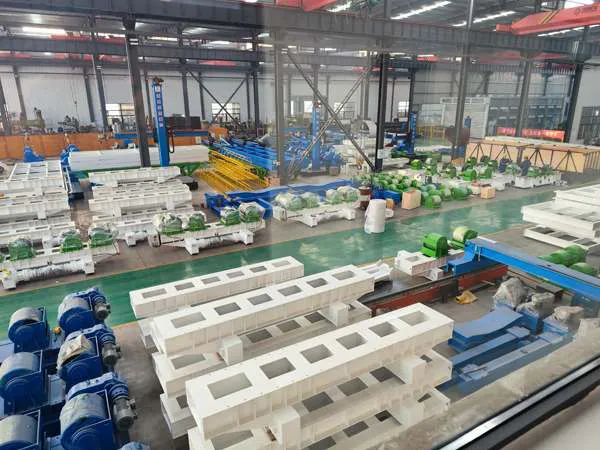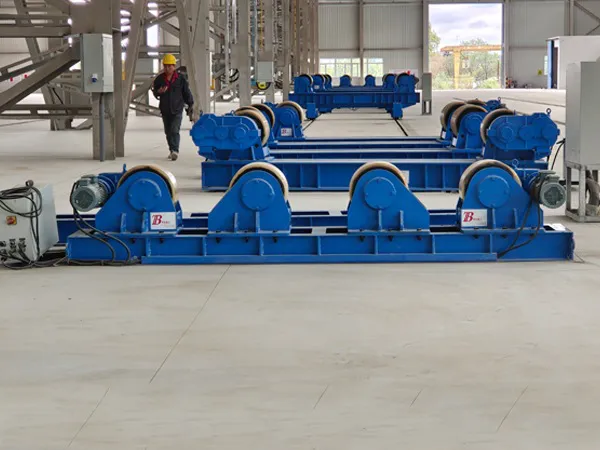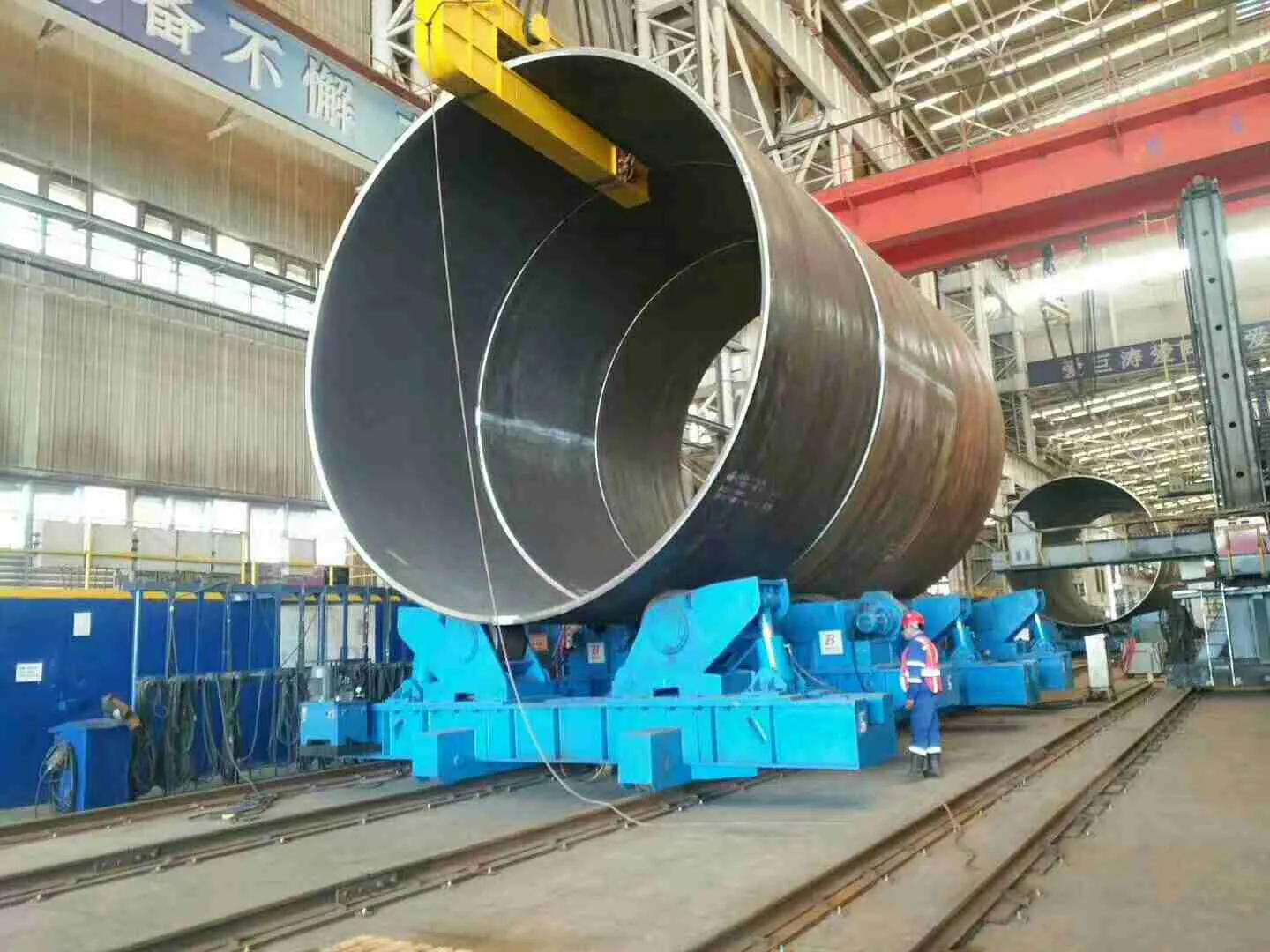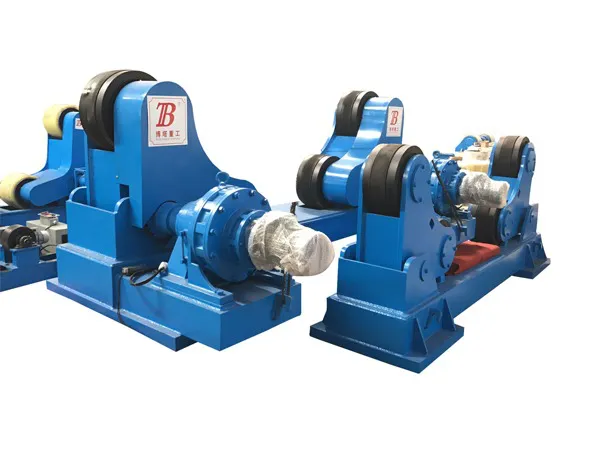В великих проектах современной архитектуры, мы часто восхищаемся высокими небоскребами и величественными мостами. Однако, глубоко под землей, существует не менее важная, но часто упускаемая из виду инженерная технология.: облицовка туннеля. Как “кожа” и “скелет” туннеля, он молча обеспечивает свою безопасность и стабильность, и является незаменимым компонентом современного инфраструктурного строительства.
Так, что именно такое облицовка туннеля? Почему это так важно в современной инженерии?
Что такое облицовка туннеля?
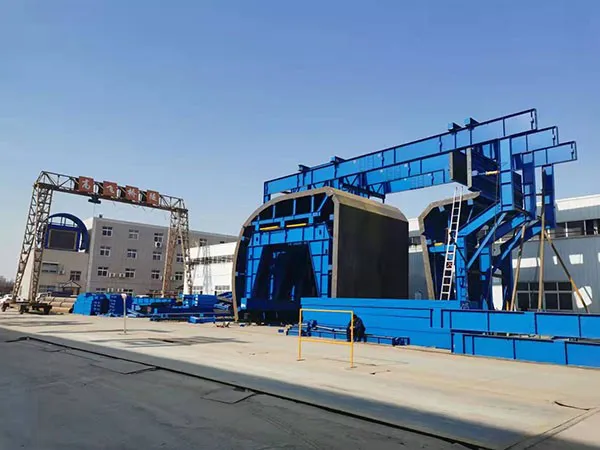
Проще говоря, облицовка туннеля — это один или несколько слоев конструкции, наносимых на внутреннюю часть стены туннеля после рытья туннеля.. Обычно он состоит из железобетона., торкретбетон, стальные арки, сборные сегменты, или композиционные материалы. Его основными функциями являются:
Поддержка окружающей породы и предотвращение обрушения: После раскопок туннеля, окружающие скалы и почва теряют свою первоначальную опору и становятся нестабильными. Подкладка обеспечивает контрподдержку, эффективно подавляя деформацию окружающей породы, предотвращение обрушения туннеля, и обеспечение безопасности строителей и будущих пользователей. Выдерживание внешних нагрузок: Футеровка должна выдерживать геотехническое давление со стороны вышележащих пластов., давление грунтовых вод, сейсмические нагрузки, и даже динамические нагрузки, которые могут возникнуть в процессе эксплуатации. Он должен обладать достаточной прочностью и жесткостью, чтобы противостоять этим сложным внешним воздействиям..
Гидроизоляция и защита от просачивания: Грунтовые воды представляют собой серьезную проблему при строительстве туннелей. Подкладка образует водонепроницаемый барьер., предотвращение попадания грунтовых вод в туннель, защита конструкции туннеля и внутреннего оборудования от повреждения водой, обеспечивая при этом сухую и комфортную среду прохода.
…
Более подробная информация о том, что такое обделка тоннелей и почему она так важна в современном строительстве., пожалуйста, нажмите здесь: https://www.gf-bridge-tunnel.com/a/blog/role-of-tunnel-lining-in-modern-construction.html

